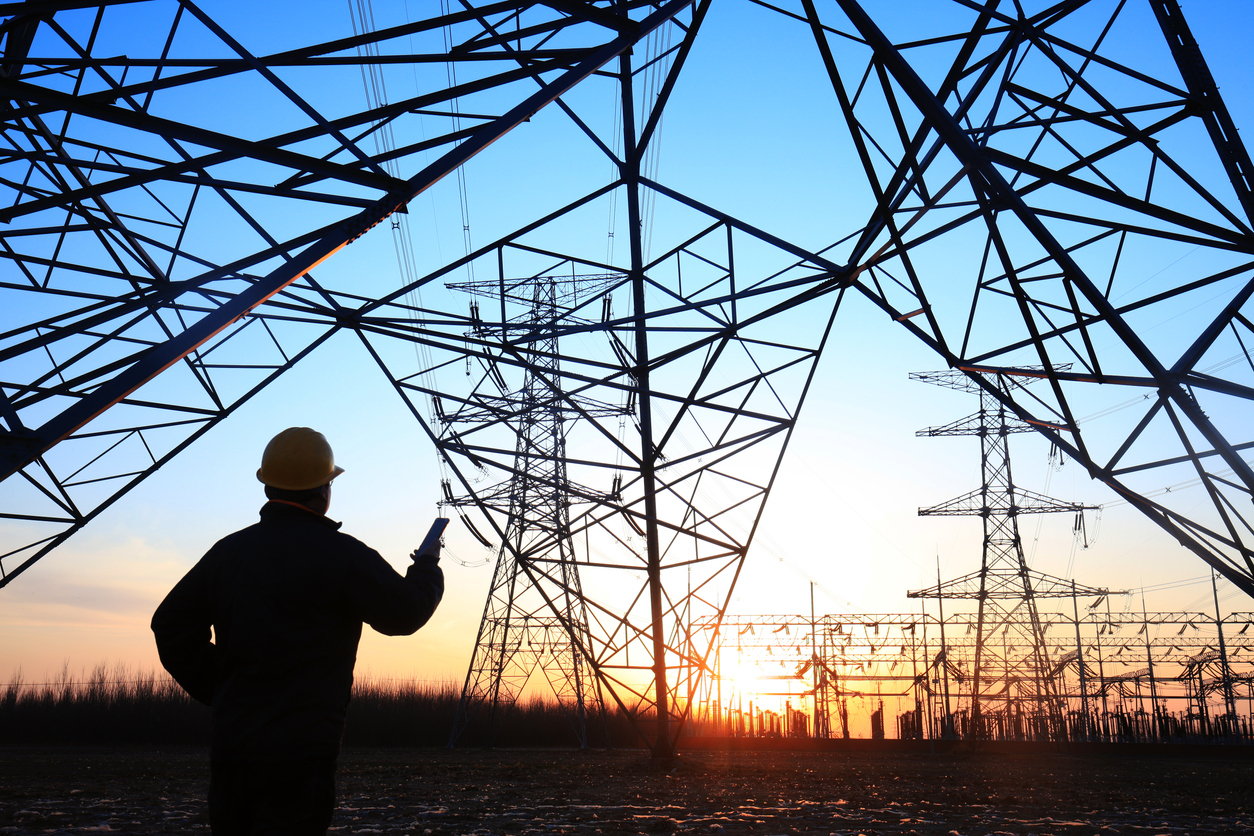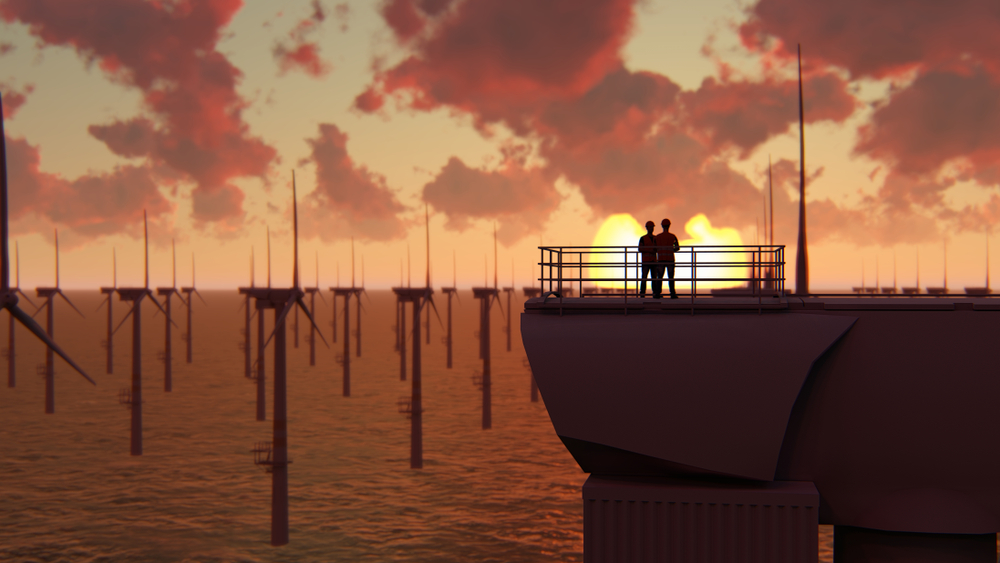Callide is facing increased scrutiny as the Australian Energy Regulator (AER) is taking legal proceedings against Callide Power Trading due to an explosion at Callide C. In May 2021, an explosion at Callide C4 led to the tripping of multiple generators and high-voltage lines in Queensland, leaving nearly half a million homes to lose power.
The AER alleges that Callide Power Trading broke the National Electricity Rules (NER) by not adhering to its own performance standards for Callide C4. According to the allegations, the C4 unit lacked a protection system in place or having sufficient energy supply to suddenly disconnect the unit when the explosion occurred.
Justin Oliver, an AER board member stated that “Failure to comply with these standards can risk power system security, see consumers disconnected from power supply and cause wholesale energy prices to increase during and beyond these events”.
Callide C3 is expected to fully return on March 31st, with C4 following on July 31st. These are revised dates following various delays affecting both units.
In a separate incident, the Federal Court ordered IG Power, who owns 50% of Callide to appoint special administrators with powers to complete a new investigator into the incidents at the power station.
There is currently no date set for the AER’s matter to be heard at Federal Court.
This highlights the immense pressure on the energy industry and regulation to suppress spot prices in the NEM. This pressure has come in various forms including market directions, price caps on underlying fuel sources such as coal and gas, and retailer reliability obligation (RRO) being enacted in SA this summer.
This pressure has been evident in the spot price, as the spot price over the summer has been very soft, particularly in South Australia and Victoria, with prices being far below forecasted and previously traded levels.
This has caused issues for generators leading Engie to announce the early closure of two units in SA, removing 138MW of capacity from July 1, brought forward from an initial closure scheduled for 2028. This is due to financial reasons as losses have been mounting at the plants, unable to make a profit in the spot market.
There is currently a T-3 forecasted in South Australia from December 2025 to February 2026. Following the recent RRO witnessed over the summer in South Australia where spot prices have been low, volatility has been minimal, and there have been few system security issues in the state. Will we see any revisions or changes to RRO in the future?

